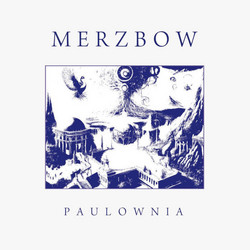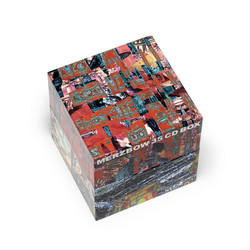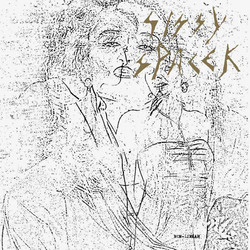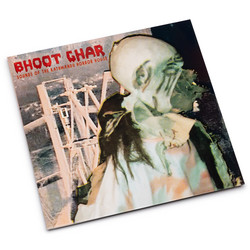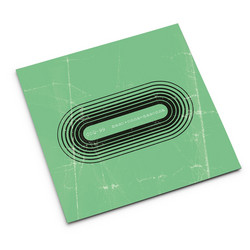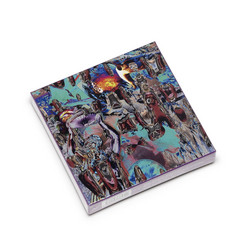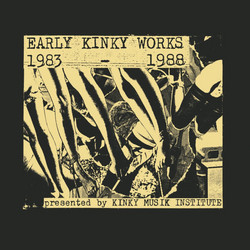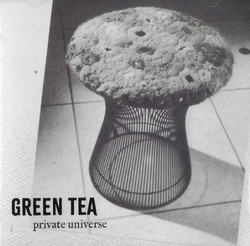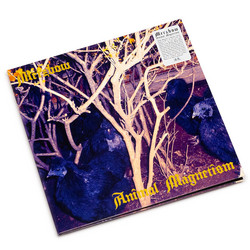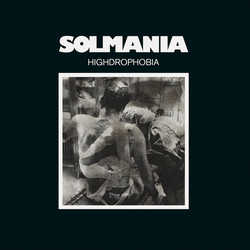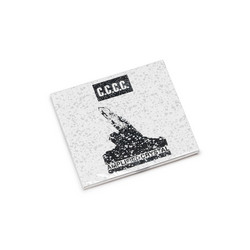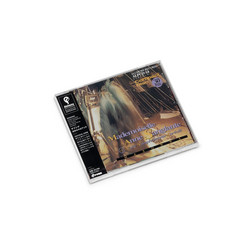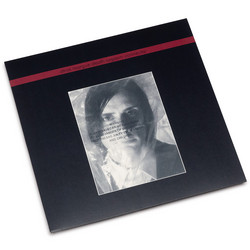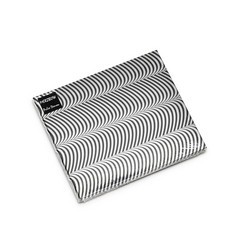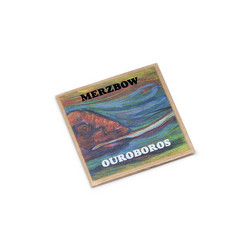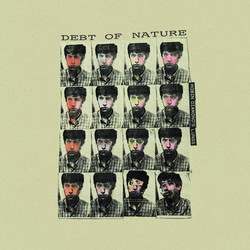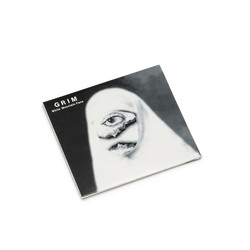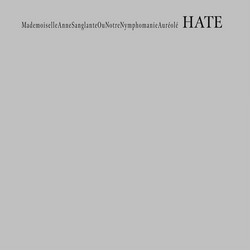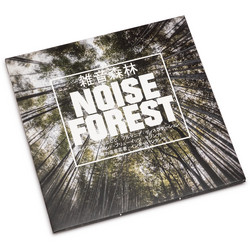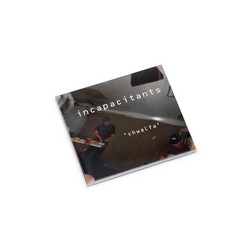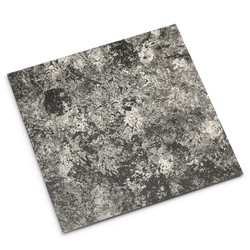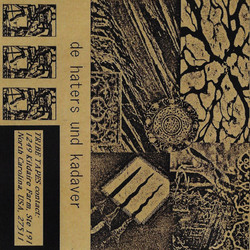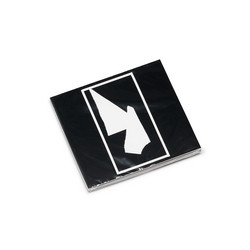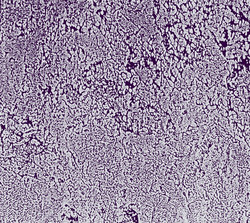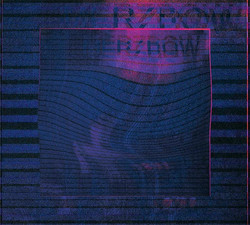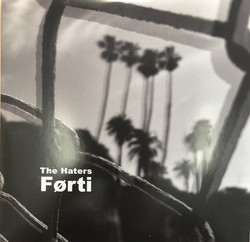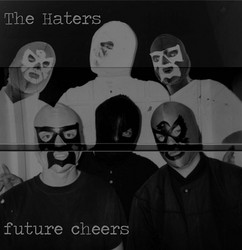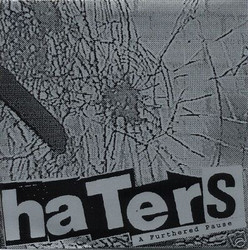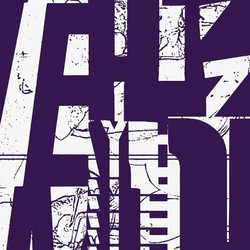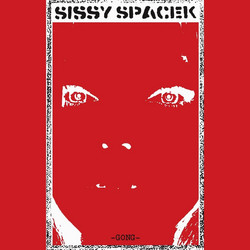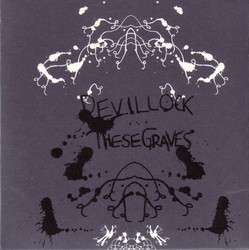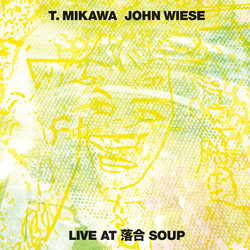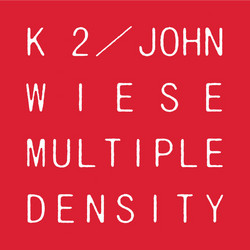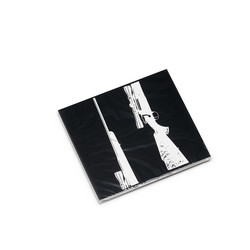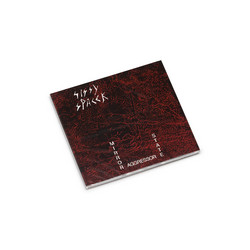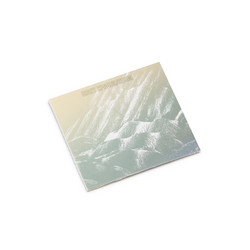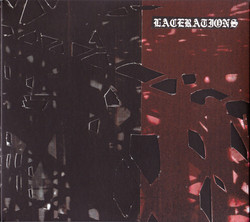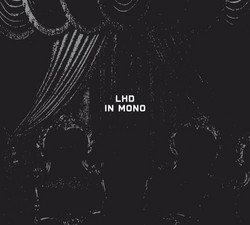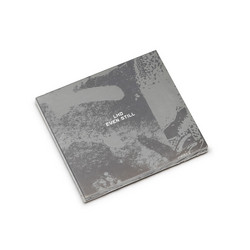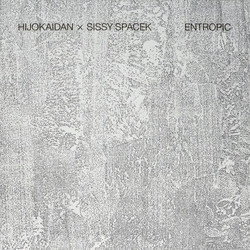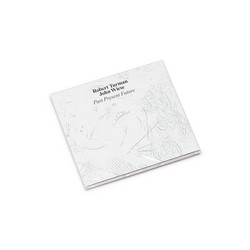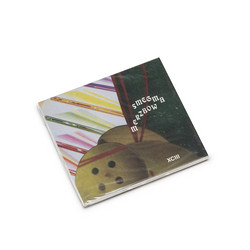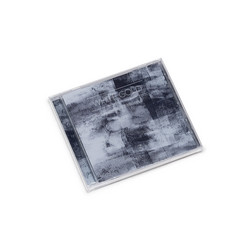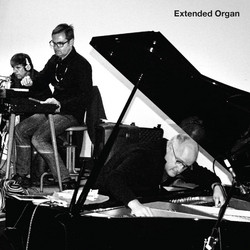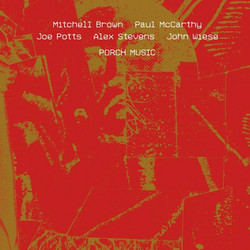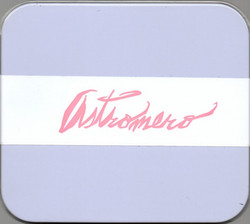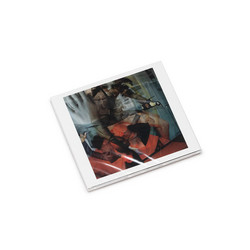The Haters, conceived by GX Jupitter-Larsen in 1979, have transformed the landscape of noise as both a sonic and performative phenomenon. New York About the Polywave compiles defining moments from the group’s ongoing engagement with the city’s underground art and music scenes, traversing both the historical and the immediate. On February 22, 2025, The Haters – GX, John Wiese, and Crank Sturgeon – unleashed “Digging Through Time” at TV Eye in Queens. The event saw GX scraping a shovel against a massive wooden clock, while his collaborators scratched and abraded their own shovels, forging a suite of abrasive live acoustics. The audience, packed far beyond capacity, was incorporated into the work when GX tossed the oversize clock into the crowd, sparking its enthusiastic destruction and leading, by demand, to an encore.
Documented further back, the gallery Scrape & Pry hosted a variation of the “Dirwyn” performance (June 7, 2001). Here, simple devices – an amplified calculator pressed against a fan, and the resonant sounds of GX’s Untitled Title Belt – were elevated to fiercely physical acts, channeling friction and mechanical rhythm into sound. The arc of the collection reaches to December 8, 1991, with the debut of the “clici-clic” at Generator Gallery (then in Chelsea): each performer wielded a hand-held hole-punch fitted with a contact microphone, ritually piercing hundreds of holes in paper and cardboard. What emerged was a collective choreography of amplified labor – a hypnotic pulse of rupture and transformation.
These pieces exemplify The Haters’ commitment to entropy, not as nihilism but as process, presence, and conceptual play. Their New York actions embrace audience interaction, object-theatre, and a flexible group dynamic, constructing sonic and social environments where destruction becomes a form of creation. “Polywave,” among GX’s signature invented lexicons, encapsulates the idiosyncratic logic that animates every Haters manifestation: a joy in the measurement, erosion, and celebration of the world’s surfaces.
